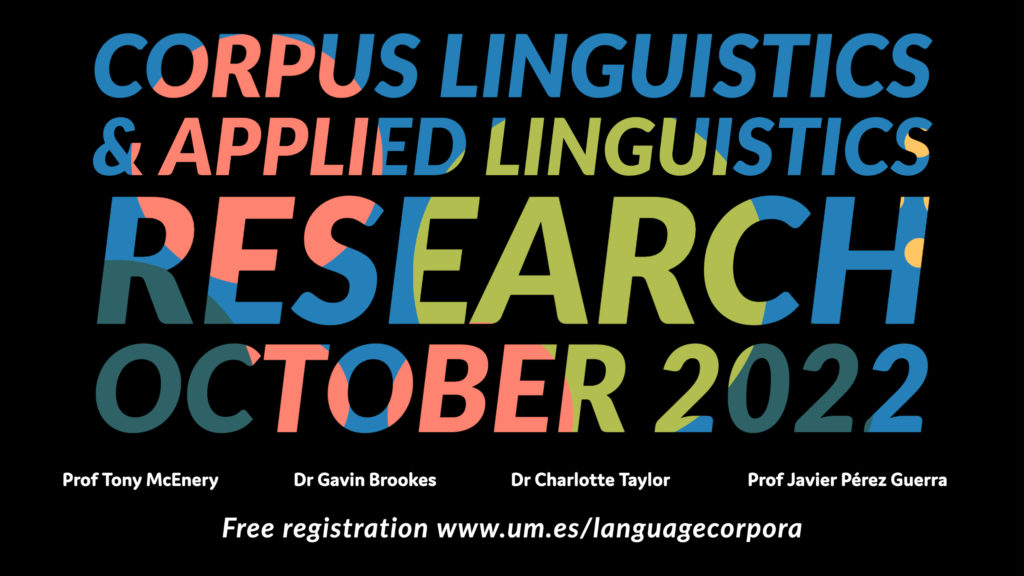Author: perezparedes
Structural equation modelling & corpus linguistics
With Tove Larsson and Gregory Hancock
Chech this out:
Larsson, T., Plonsky, L., & Hancock, G. R. (2021). On the benefits of structural equation modeling for corpus linguists. Corpus linguistics and linguistic theory, 17(3), 683-714.
John Sinclair and language theory
The following is an extract form Hunston (2022, p. 256).
Hunston, S. (2022). Corpora in applied linguistics. Cambridge University Press.
Sinclair made a number of generalisations in the 1980s (Sinclair 1991, 2004; see also Francis 1993; Hoey 2005; Hunston 2002; Stubbs 2001) which might be summarised as follows:
• In describing the meanings of a word, the ‘phrases’ that the word is used in are central to that description (= there is no distinction between form and meaning).
• Those ‘phrases’ are neither fully fixed nor fully open – in fact the distinction between ‘word’ and ‘fixed phrase’ does not hold up; the boundaries of a ‘phrase’ may be indeterminate and the variation resists classification.
• Those ‘phrases’ incorporate associations between individual words that might be discussed under the heading of collocation, but the ‘phrases’ also include aspects of grammar and commonalities of meaning rather than of form (= language is not divided into lexis and grammar).
• Although we commonly think of words as having meaning, and we often talk of a word having several meanings, what actually happens is that a word occurs in several ‘phrases’ and meaning resides in the ‘phrase’ rather than the word (= unit of meaning).
• When we look at text we can observe that a lot of it can be explained as a series of units of meaning and the remainder can be explained in terms of residual grammar (= idiom principle and open-choice principle).
Corpus & applied linguistics research 2022 registration link
Free online event “Corpus & applied linguistics research 2022”

–Corpus linguistics and Second Language Acquisition
Prof Tony McEnery, University of Lancaster
October 5, 18:00 (Madrid time) / 17:00 (UK time)
–Who’s in this corpus? Looking at language and identity with (and without) demographic metadata
Dr Gavin Brookes, University of Lancaster
October 12, 18:00 (Madrid time) / 17:00 (UK time)
–Corpus linguistics and the discursive construction of migrants
Dr Charlotte Taylor, University of Sussex
October 19, 18:00 (Madrid time) / 17:00 (UK time)
–A corpus-friendly analysis of fragmentary constructions in English
Prof Javier Pérez Guerra, Universidad de Vigo
October 26, 18:00 (Madrid time) / 17:00 (UK time)
Free event registration link

After the registration, you’ll receive an email with the webinar link for the four talks. This is the same link for all four talks.
You can check out the 2021 talks here:
https://www.youtube.com/channel/UCKjKIIQL6u1mXD2V9ZaT-_Q/featured
This online event is organized by the Universidad de Murcia and the E020-07 research group (Lenguajes de especialidad, corpus lingüísticos y lingüística inglesa aplicada a la ingeniería del conocimiento).
Coordination: Prof Pascual Pérez-Paredes
Corpus linguistics methods in education research
Prof Pascual Pérez-Paredes
Using #corpuslinguistics methods in education research @EducationBATH seminar series.
25 May 2022 Thanks to @SamanthaCurle @rjreka U. Bath, Uk